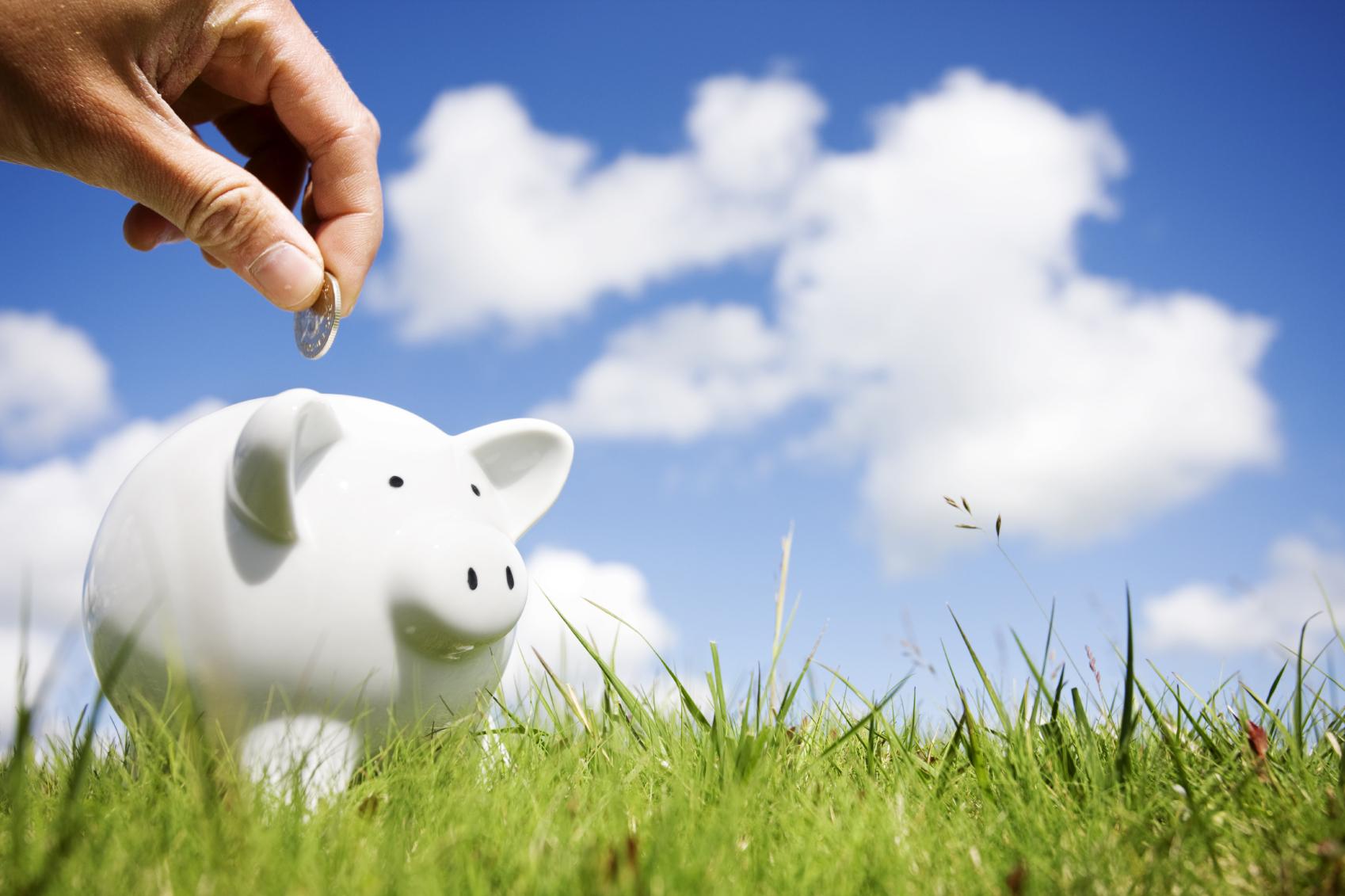Much talk happens today around the customer experience in product design. While there is considerable literature out there on the topic, there is also much confusion in regards to what it means and how to implement it. In short, it how the customer feels at every brand touch point, as well as after, and before engaging with you, your brand, or any of your products.
While we at SWARM have a very concise approach to our customer experience design process that we believe should be a part of all new product design and turnarounds, it doesn’t explain the result of a customer experience design implementation. It’s for this purpose that we looked at the many companies executing well in this field and decided to write this study.
Disney: A Case Study in Customer Experience Design Perfection
A 70% return rate for first-time customers would be impressive for the most visited business near your home, let alone a theme park. Somehow, “The Most Magical Place on Earth” can attain just that. Walt Disney, the man behind making it all happen, took a more objective approach when visualizing his often sensationalized theme park “factories”:
“Think of the process as a railroad engine. If the engine does not run properly, it does not matter how friendly the conductor acts or how attractive the passenger cars look, the train will still not move, and the passengers will not pay their fares. The process is the engine of Quality Service.”
Disney prioritizes the customer experience journey, without jeopardizing the product in the meantime. This calculated equilibrium is what separates them from any other conglomerate in America. Despite leading, they refuse to adopt contentment and abandon the underdog mentality.
The journey of ‘Discover,’ ‘Configure’ and ‘Restructure’ can be seen in three quintessential examples:
Height limitations are one of the most frustrating elements for young park-goers, who are forced to wait in long lines only to be turned away at the last minute. To counteract this logistical nightmare for both the kids and the parents who have to hear about it, Disney began issuing passes that allow the child being turned away to head to the front of any ride’s line of their choosing (height permitting).
Due to the sheer amount of traffic visiting their parks daily, Disney installed an extensive tram system to accommodate their seemingly endless rows of parking lots so that visitors can comfortably and efficiently arrive at the entrance of the park in an optimal fashion. Unfortunately, the problem with parking lots as far as the eye can see to house all of their visitors is precisely that—the rows are seemingly endless.
Tram drivers are supplied with a list of rows and sections that coincide with the time that they would be picking visitors up from that section to trump the overwhelming feeling of helplessness that comes along with forgetting your car’s location in a jungle of them. Instead, end your day of a good note.
Disabled customers have long felt ostracized when continually having to remind park employees of their disabilities. With discretion generally preferred when alluding to the topic, park employees have been equipped with Special Assistance passes and have received training to create as seamless a transition into the park as possible to welcome these patrons the best they can. Less time with invasive questions, more time with enjoyment.
This culture carries over into other facets of the organization, with all employees buying in “to serve the customer best“. There’s an essential distinction between reaction and proaction, with Disney mastering the former but placing emphasis on the latter. Think how the customer does, and you’ll be ahead of the game. Brands can’t afford to be too late.
The customer experience journey is the starting point in any business’s path, whether it be in services or goods. Design, delivery, and development (or Observing, Shaping and Performing) serve as the three pillars of CX, with each stage being as crucial as the last. Knowing the customers, knowing your brand and the intersection between the two is what every business’s sights should be placed on. The moment you neglect CX is the moment your customers will neglect you.




